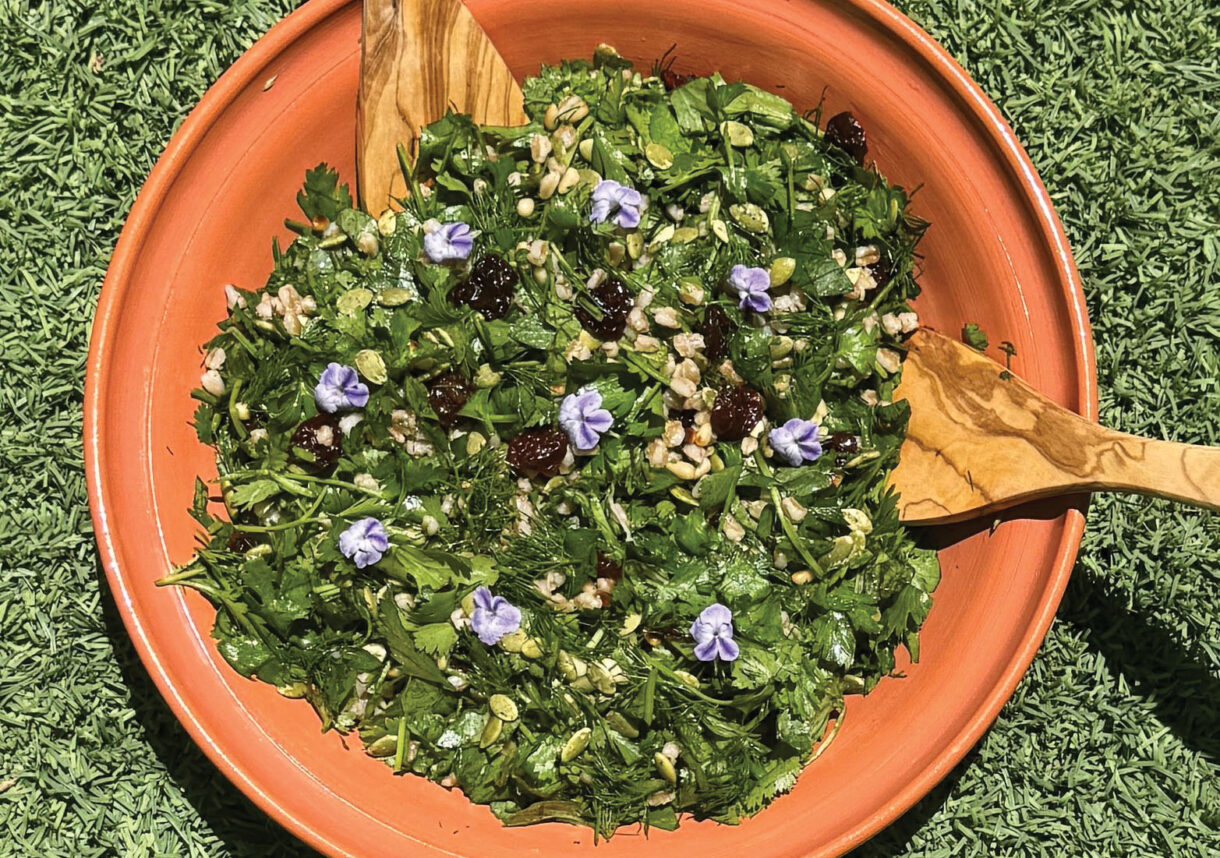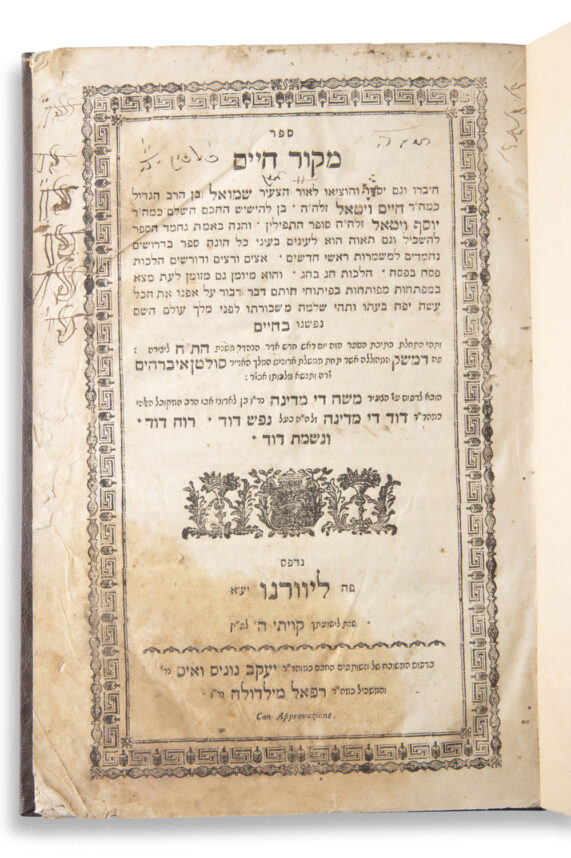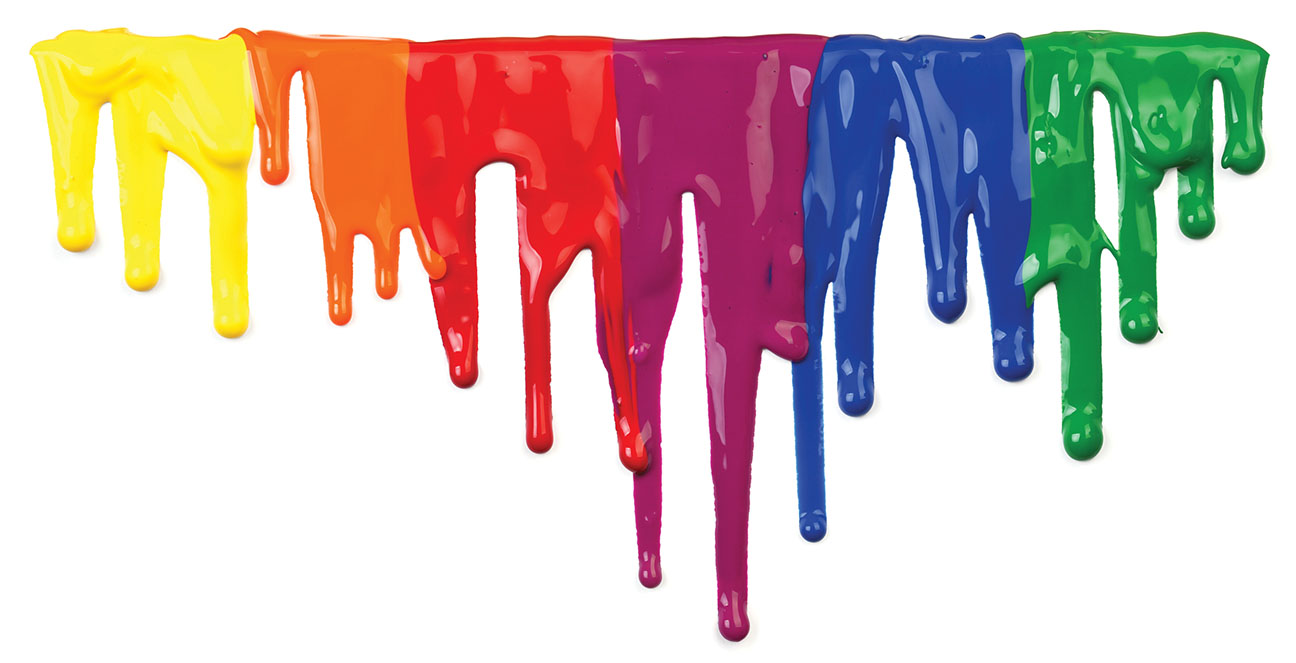Honey has a rather long history, in fact, longer than the history of man. Prehistoric bees have been around for over 14 million years, with bees and the cultivation of honey first appearing in cave paintings in Valencia, Spain as far back as 8,000 years ago – dating the paintings to the Mesolithic period. Written references to honey abound in ancient writings of the Sumerian and Babylonians, and the writings of India and Egypt.
Perhaps even more amazing than ancient references to honey and bees is what modern archeologists found when an 18th Dynasty Egyptian tomb in Valley of the Kings was excavated. Among the burial artifacts were vessels full of honey, over 3,000 years old. Though crystallized, it was still preserved and quite edible. That translates into honey having a rather long shelf life with no “sell by” date needed.
The Hebrew Bible refers to honey in the Book of Judges, where Samson found a swarm of bees and honey in the carcass of a lion. The Book of Leviticus says, “Every grain offering you bring to the Lord must be made without yeast, for you are not to burn any yeast or honey in a food offering presented to the Lord.” Jonathan ate honey in violation of an oath made by Saul in the Books of Samuel, forcing him into an ultimate confrontation with his father King Saul. Then there is the famous description of the Promised Land as a “land flowing with milk and honey” in the Book of Exodus.
What emerges from history is that honey has been used as a food, natural sweetener, and medicinal aide by many cultures the world over since the days of antiquity.
The Jewish love affair with honey
In the Jewish tradition, we all know that honey and apples are eaten during Rosh Hashanah as a symbolic way to bring in the Jewish new year. The traditional holiday meal usually has apple slices for dipping into honey – ushering in a sweet new year.
In Israel today, there are 500 beekeepers producing 3,000-plus tons of honey annually. This results in a plentiful selection of artisanal honey sold in specialty shops and health food markets. Since Rosh Hashanah is considered the high-season, this is when most stock of varietal honey is sold. Eucalyptus, citrus, avocado and apple are the usual sources of nectar for hives.
Honey has a variety of colors, flavors, and uses
In the United States alone, there are over 300 varietals, with colors ranging from clear and mild to a burnt brown with full-bodied, toasty-type but stringent flavor. Some varietals are so special, that they have name recognition beyond their boundaries. This includes ones like Tupelo Honey (Mississippi honey that is called the “champagne of honeys), Sourwood Honey which is only produced in the Appalachian highlands of Southeast United States and has flavors of caramel and butter, and Hymettus Honey from Greece with an aroma of wild thyme.
So there’s bound to be a color, flavor, and taste to appeal to even the most discriminating palate. This is because honey will taste different based on the flower and the type of bee involved in feeding on the nectar, with honey from an orange blossom tasting completely different from honey emanating from the a eucalyptus tree blossom.
Honey as both a sweetener and medicinal aide
From the days of Egypt, ancient Greece, Israel and Mesopotamia, history documents the use of honey as both a sweetener and medicinal aide. As a natural sweetener, honey has about the same fructose and glucose as sugar, but without the deterioration of refinement. Perhaps the world’s most expensive honey is Sidhr, harvested only twice a year in the mountainous areas of Yemen and Saudi Arabia. The honey is a byproduct of bees feeding on the nectar of the sidhr tree flower – a tree that Christian’s call Christ’s thorn and a holy tree in the Muslim religion. This is not an easy harvest, and must comply with a strict forty day period.
According to the ancient Greeks, they believed that an adequate consumption of honey would promote longer life. Even the Prophet Mohammed had glorious praise for the healing powers of honey. The Journal of Microbiology published a study that revealed that Manuka honey (a bitter tasting honey from New Zealand) is effective in treating chronic wound infections. And the University of Wales Institute’s Dr. Rowena Jenkins and colleagues reported that Manuka honey kills bacteria by destroying key bacterial proteins. Local honey is also often advocated as an antidote to allergies.
Properties of Honey
As alluded to earlier, the physical composition of honey can vary depending on the source flora as well as the water content. A typical honey profile includes fructose, glucose, maltose, sucrose, water, higher sugars, and ash, with traces of iron, calcium, phosphate, sodium chlorine, potassium, and magnesium. Additionally, honey presents with a slightly acidic pH level (between 3.2 and 4.5). It is believed that this is what helps stymie the growth of bacteria.
Honey factoids
· An interesting factoid from the National Honey Board – a ten-member Board appointed by the U.S. Secretary of Agriculture – is that without honeybees around to pollinate flowers, there would be no almonds because they are 100% dependent on honeybee pollination. (The board members represent beekeepers, packers, importers and a marketing cooperative.) In fact, the lowly honey bee is actually responsible for pollinating many of the fruits and vegetables that we so dearly love. This includes: Apples, avocados, blueberries, cherries, cranberries and sunflowers which are 90 % dependent on honeybees for their fruit. And of course, without honey bees there would be no honey. According to the USDA, honey must be “a pure product that does not allow for the addition of any other substance…”
· In order for a honeybee to make one pound of honey, it must tap 2 million flowers.
· The USDA cautions that children under one should not eat honey because of less developed digestive systems that could contact botulism.
The message is clear that natural honey can be a healthy culinary sweetener as well as providing potential medicinal values. So celebrate the traditional cultural significance of honey to the Jewish religion as well as the beneficial properties of honey all month long.


































 More news and opinions than at a Shabbat dinner, right in your inbox.
More news and opinions than at a Shabbat dinner, right in your inbox.